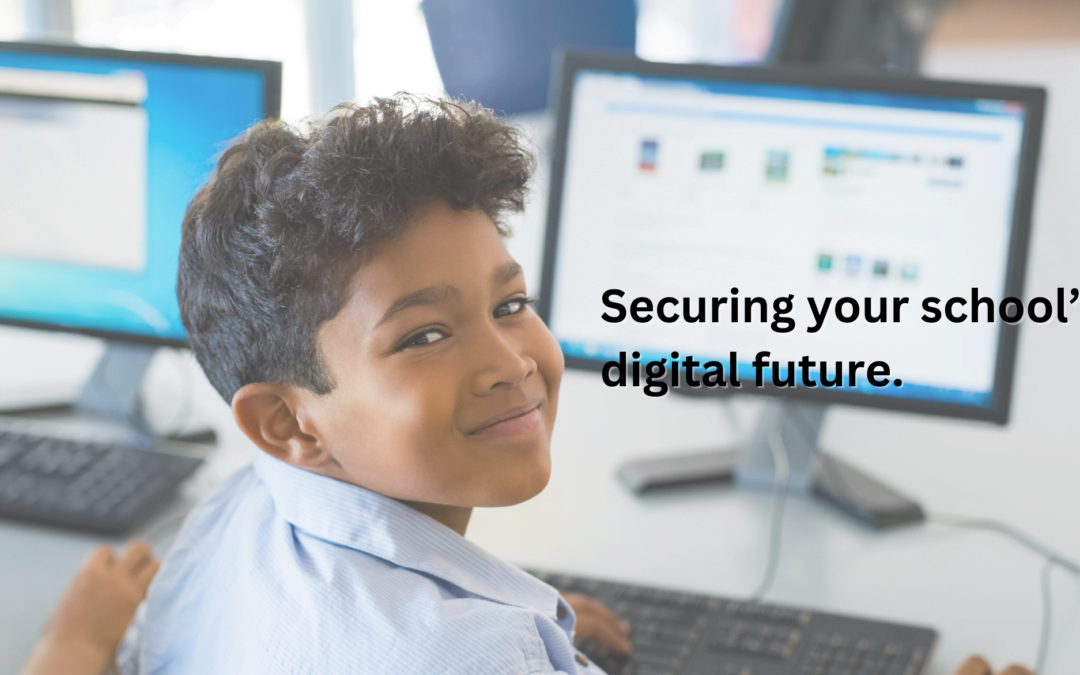The review of the National Schools Reform Agreement (NSRA) is in the earliest stages of its next iteration. In many aspects, and however the final format is legislated in the next few years, it promises to bring increasing administrative KPIs and societal expectations on school managers and stakeholders.
Earlier this year, the Productivity Commission released an important study report on the current NSRA. The report specifically considered factors that impact student outcomes and what should be potentially targeted for reform in the next NSRA. It examined the advancement (or lack of) of the current NSRA initiatives and evaluated the effectiveness of performance reporting and accountability mechanisms.
Future changes will likely include:
- Improving academic achievement targets
- Reducing differences in achievement across students
- Supporting quality teaching and effective leadership
- Achieving accountability and transparency targets and reporting on performance
While it may seem like a ‘later problem’, school leaders and business managers are keeping this changing education environment at front of mind in strategic planning conversations. Decisions about scaling for growth, reputation management, student acquisition and retention, asset management and information technology acquisition, can all have major impacts on how the school will be able to respond to new regulatory demands and changing stakeholder expectations.
How to stay up-to-date with coming changes
Improving academic achievement targets
Lifting literacy and numeracy skills means keeping students engaged and learning in class or remotely. Today’s digital natives have short attention spans, and teachers need more time to work one-on-one with students to lift learning outcomes. Current teachers are finding more and more students with short attention span.
Interactive, versatile, visual technology that brings the world to the learner can make the difference by catering to many learning styles and introduce new ways to engage with the curriculum.
Reducing differences in achievement across students
To avoid disadvantaging remote learners all classroom audiovisual aids will need to have uninterrupted, two-way communication. This is critical to avoid students missing learning opportunities if they are unable to be in the room. It’s those interruptions to learning, particularly at critical times like early years and senior secondary, can have very detrimental outcomes.
Until recently, classroom technology involved many peripheral assets – projector, whiteboards, PC, speakers, microphones and more. But when planning new learning spaces or refurbishing existing buildings, ask our education experts about what’s possible. The latest convergence technology including collaborative displays, touchscreen learning and 3D printers that are future friendly. These devices are portable and versatile for learners, encouraging them to stay engaged, from wherever they are.
Supporting quality teaching and effective leadership
Taking advantage of the best in emerging technology, in a scaled and iterative way, offers huge potential. Such as freeing teachers, support staff and leadership from low-value tasks and connect learning, teaching and operations. Quality teaching happens when staff wellbeing is at a high level, and they are supported to apply their talents creatively without repetitive administration and ‘busy work’.
Achieving accountability and transparency
From pre-enrolment engagement through to graduation and alumni involvement, the schools are accountable to a large community of stakeholders, all with differing (and changing) expectations. Meeting these expectations with transparency and accuracy can be automated through smart digitisation, in channels such as internal and external communications, marketing, school reports, financial reporting, board reporting and accreditation compliance.
Solutions to suit schools, at any stage
Solutions to free up school staff include:
- Edinduct – Automation solution that manages staff, volunteer and casuals’ induction documentation in a way that is seamless, collaborative and compliant.
- Financial Automation – Workflow automation to streamline back-office processes and accounts payable. Integrating with existing learning management systems like TASS and Synergetic and giving real-time visibility across departments.
- EduScan – an accessible, secure digitisation solution for all school office documents and records
- Anytime Print – Professional print services with controlled spend, single monthly invoicing, visibility, fast quality printing managed by a print specialist.
These are a sample of the innovations that we bring to the education ecosystem, and there’s more to come. We come alongside to design customised solutions to help you make the right decisions for the future of your school.

